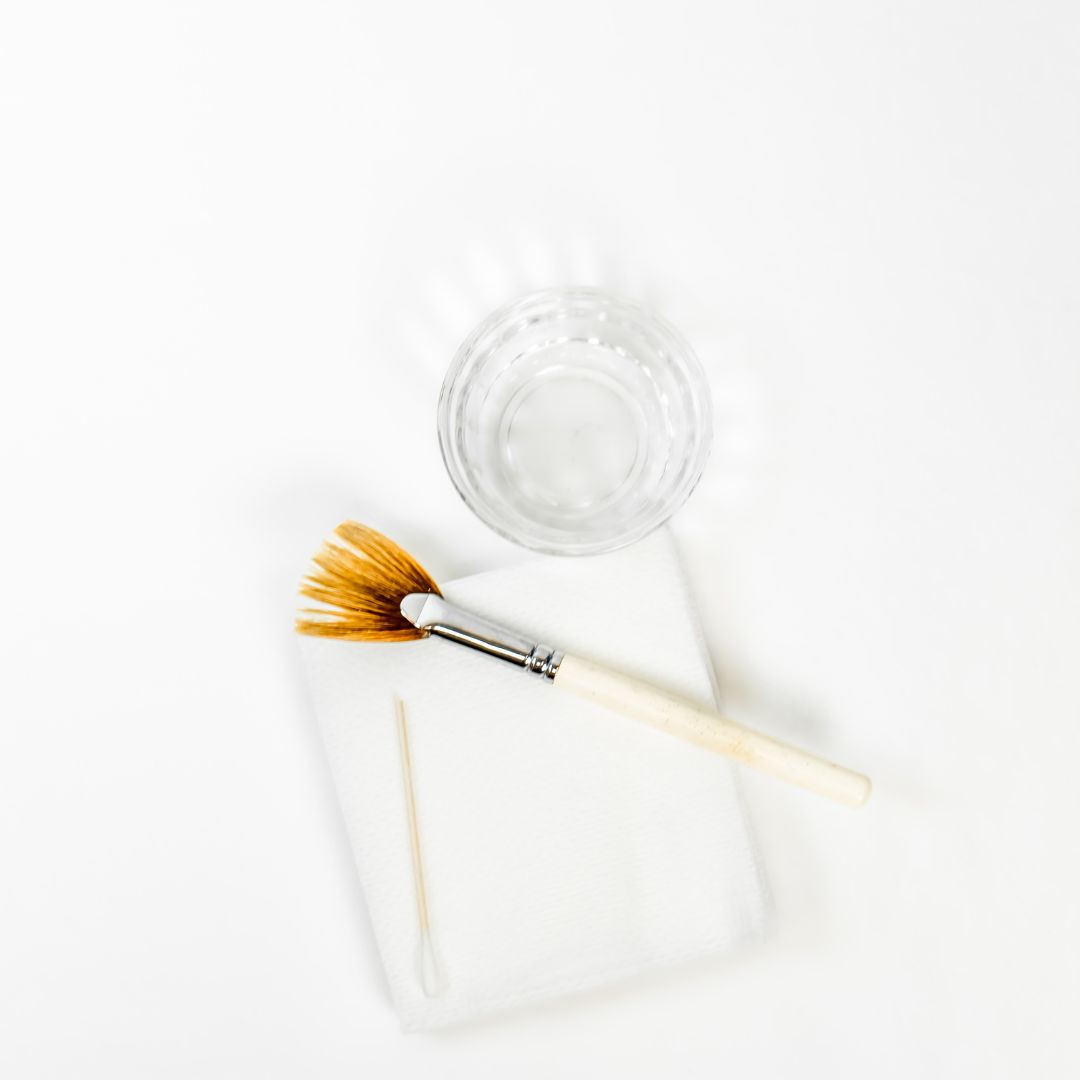Chemical peels are a popular skincare treatment known for their ability to rejuvenate the skin. Chemical peels can address a wide variety of skin concerns depending on the type of peel you choose. With different types of peels available, it can be challenging to determine which one to get. Today, we’ll discuss when to get a chemical peel, how to choose the right type, what results to expect, and how long those results typically last.
When to Get a Chemical Peel
Choosing the right time to get a chemical peel depends on your skin type, concerns, and goals. Generally, chemical peels are ideal for addressing specific skin issues like acne, hyperpigmentation, fine lines, and uneven texture. Here are some scenarios where a chemical peel might be beneficial:
- To Refresh Your Skin: If your skin looks dull or tired, a light chemical peel can help rejuvenate and refresh your complexion by removing the top layer of dead skin cells.
- To Address Acne and Breakouts: For those struggling with acne, a chemical peel can help unclog pores, reduce inflammation, and prevent future breakouts. Salicylic acid peels are often recommended for acne-prone skin due to their ability to penetrate and clean out the pores.
- To Minimize Hyperpigmentation: Chemical peels can effectively lighten dark spots, melasma, and other types of hyperpigmentation. Glycolic acid or lactic acid peels are great options for targeting uneven skin tone and promoting a brighter complexion.
- To Reduce Signs of Aging: If you’re looking to reduce fine lines, wrinkles, or sun damage, a medium to deep chemical peel can help stimulate collagen production and improve skin texture.
- To Prepare for a Special Event: A light peel can provide a quick skin refresh before a big event, giving your skin a healthy glow. Be sure to schedule the peel at least a week before the event to allow any redness or peeling to subside.
When to Get Which Chemical Peel
There are several types of chemical peels, each formulated to address different skin concerns and depths of penetration. Understanding the different types will help you choose the right peel for your needs.
- Light Peels: Light chemical peels, also known as superficial peels, are best for those looking to improve minor skin imperfections like dullness, mild acne, or slight discoloration. These peels use mild acids, such as glycolic acid or lactic acid, and typically require minimal downtime. They are suitable for all skin types and can be repeated every few weeks for optimal results.
- Medium Peels: Medium peels penetrate deeper into the skin and are ideal for addressing moderate acne scars, deeper pigmentation issues, and fine lines. Trichloroacetic acid (TCA) is commonly used for medium-depth peels. These peels may cause some redness and peeling, with a recovery period of about one week. It’s best to get a medium peel during a time when you can allow your skin to heal without interruption.
- Deep Peels: Deep chemical peels provide the most dramatic results by reaching the deepest layers of the skin. They are typically used to treat severe sun damage, deep wrinkles, and significant scarring. Phenol is a common acid used in deep peels. Because these peels have a more extended recovery period and involve more downtime, they are usually recommended for those with significant skin concerns who are prepared for a more intensive treatment.
What Are the Results of a Chemical Peel?
The results of a chemical peel can vary depending on the type of peel and the individual’s skin concerns. Generally, you can expect:
- Improved Skin Texture and Tone: Chemical peels exfoliate the skin, leading to a smoother, more even complexion.
- Reduced Hyperpigmentation: Peels can lighten dark spots and even out skin tone, resulting in a brighter appearance.
- Fewer Fine Lines and Wrinkles: By promoting collagen production, chemical peels help reduce the appearance of fine lines and wrinkles.
- Clearer Skin: For acne-prone individuals, chemical peels can help clear existing breakouts and prevent future ones by unclogging pores and reducing inflammation.
- Radiant, Glowing Skin: The removal of dead skin cells reveals fresh, healthy skin underneath, enhancing overall radiance.
How Long Do Chemical Peel Results Last?
The longevity of chemical peel results depends on several factors, including the type of peel, your skin type, and your skincare routine post-treatment.
- Light Peels: Results from light peels typically last several weeks to a few months. Regular maintenance peels are often recommended to maintain results.
- Medium Peels: The effects of a medium peel can last from several months up to a year. It’s common to get a series of medium peels spaced several months apart for more significant improvement.
- Deep Peels: Results from deep peels are the most long-lasting. They often provide dramatic improvement for several years. However, due to the intensity of the treatment, deep peels are usually performed one or infrequently.
Chemical peels offer a versatile solution for various skin concerns. From mild dullness to deep wrinkles and severe acne scars, chemical peels can help. Understanding when to get a peel, choosing the right type for your needs, and knowing what results to expect can help you achieve your skincare goals effectively. If you’re considering a chemical peel, schedule a free consultation with our double board certified skincare professional to determine the best option for your skin type and concerns. With the right peel and proper care, you can enjoy refreshed, rejuvenated, and radiant skin.

